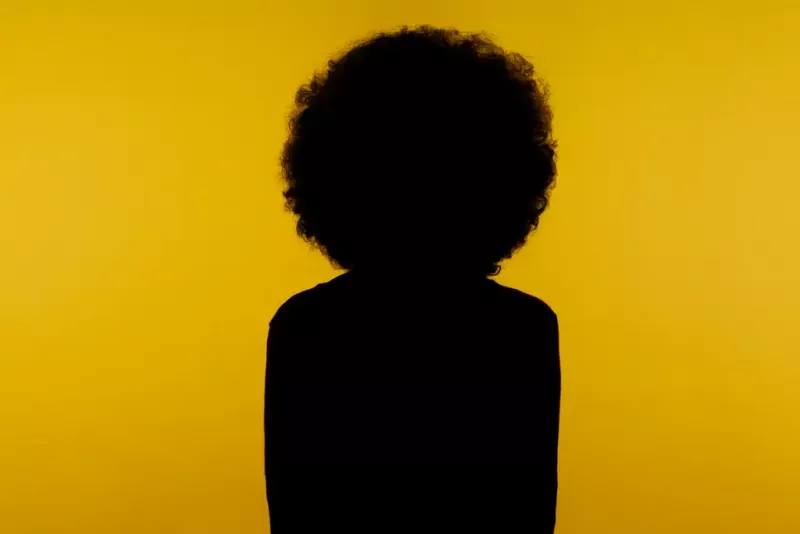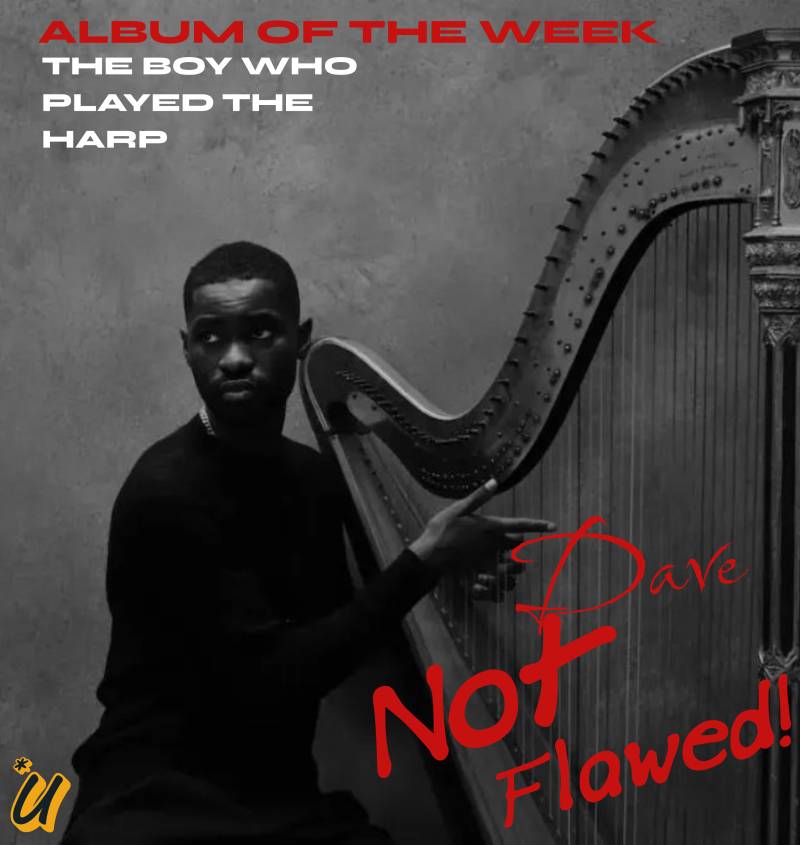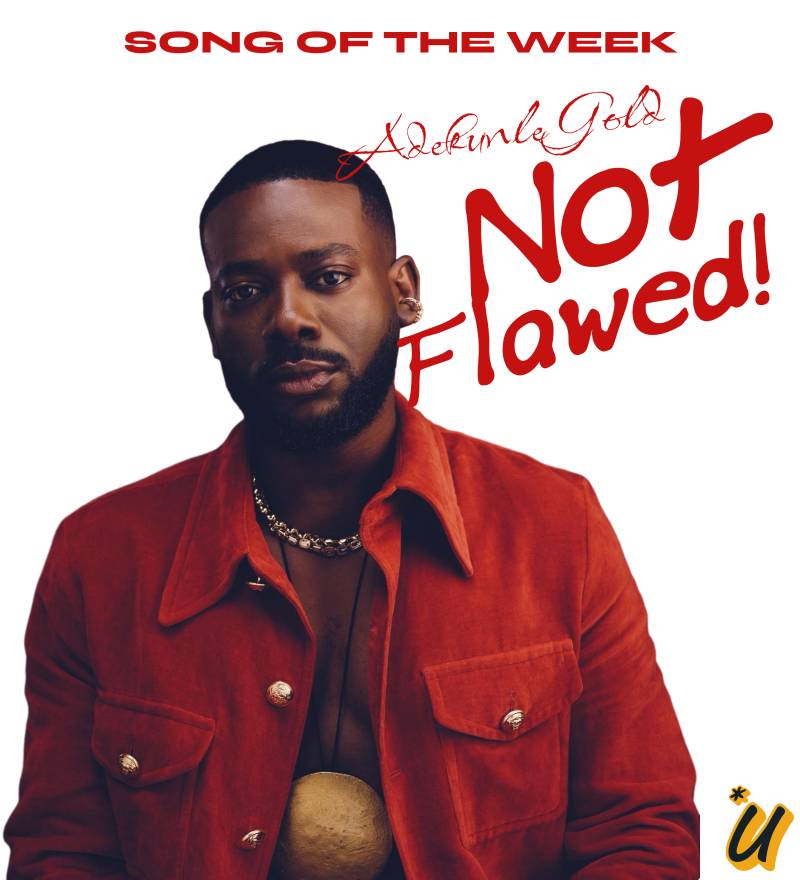It’s been over a month since anyone has seen Owami Davies, a 24-year-old Black nursing student in London. Davies was last seen on CCTV cameras on July 7th, walking down a street in West Croydon, in south London, wearing a red Adidas top, a dark jacket, light jogger pants (sweatpants) and slides.
Her mother, Nicol Davies, has begged the public for any information into her daughter’s whereabouts, telling news outlets that she is not “complete” without her daughter.
Although Davies’ case has begun to pick-up more media attention since the release of the CCTV footage, people on twitter have pointed out that at least up until this point, her case hasn’t gotten nearly the attention as those of missing white British women.
Read Also: This is my Story - Episode 1 | Uphorial Media with Tgrams
In 2021, the disappearance of a south London white woman Sarah Everard – who was eventually discovered to have been brutally raped and murdered by a British police officer, rightfully sparked international outrage.
Massive vigils were held throughout several cities in the UK to honor Everard, and to demand police and lawmakers take women’s safety seriously. Duchess Kate Middleton even attended one of the vigils.
One of the organizers of the Evard vigils, Sisters Uncut, called out the unequal treatment of Davies’ case compared to those of white British women, on twitter.
Owami Davies has been missing for over a month, last seen in Croydon. We pray for her safe return. Media; why is there no coverage of her case? Institutional racism puts black women at higher risk of gendered violence, and the state doesn’t even pretend to care. #FindOwamiDavies pic.twitter.com/SCbzVGM0Ld
— Sisters Uncut (@SistersUncut) August 15, 2022
Black British celebrities like Judi Love, a British comedian, also called out the lack of attention on Davies’ case.
“Where the news coverage? Where’s the maps of her last movement? This is crazy! She still missing!! #OwamiDavies,” wrote Love on twitter on Tuesday.
Although this case is taking place an ocean away, the treatment of cases of missing Black by the US media is not dissimilar to what’s happened with Davies.
In the United States Black women make up just 13 percent of the female population, but accounted for 35 percent of all missing women in the United States, according to the House Subcommittee on Civil Rights and Civil Liberties.
Meaning as of 2020, roughly 125,000 Black women were missing.
It’s likely you haven’t heard of cases like Natoya Stephens, a 29-year-old Black mother of two from Brooklyn, who according to the House report, has been missing since 2012.
Where the news coverage? Where’s the maps of her last movement? This is crazy! She still missing!! #OwamiDavies https://t.co/weEqIDOm9f
— Judi Love (@1Judilove) August 17, 2022
A study published in the Journal of Criminal Law and Criminology, titled “Missing White Woman Syndrome,” found that missing Black people garnered the least amount of media attention of any group, and that when they were covered by the media, the “intensity” of that coverage was lower.
In recent years, these disparities have garnered attention. And the fact that more outlets are picking up Davies’ case in recent days is important.
But, at least in the United States, it’s hard not to see the massive difference in who is more likely to go missing, and whose cases are actually covered, as a striking display of racial-bias.




